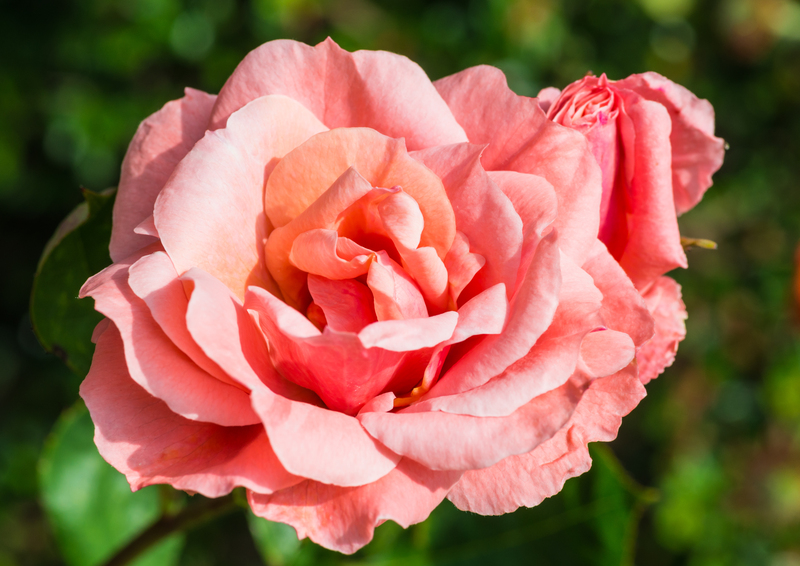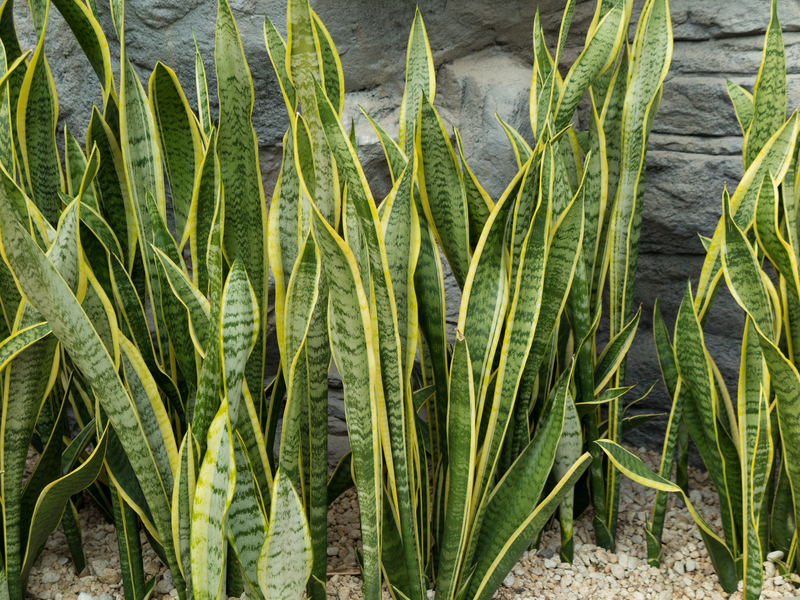Water-Smart Gardening Tips
Posted on 27/09/2025
Gardening is a rewarding activity that brings us closer to nature, offers a source of fresh produce, and adds beauty to our surroundings. However, garden maintenance can consume significant water resources. To balance lush greenery with water conservation, consider adopting water-smart gardening practices.
1. Choose Drought-Resistant Plants
Plants that naturally thrive in arid conditions require less water and care. Succulents, lavender, yarrow, and ornamental grasses are excellent choices. Research native plants for your region, as they're adapted to local climate conditions and usually require minimal watering.

2. Efficient Watering Practices
Watering in the early morning or late evening minimizes evaporation. Use soaker hoses or drip irrigation systems to deliver water directly to the root zones, reducing waste. When using a sprinkler, ensure it targets garden areas specifically and adjusts to avoid runoff.
3. Improve Soil Quality
Healthy soil holds moisture longer and supports robust plant growth. Add organic matter like compost or mulch to enhance soil structure, improve water retention, and provide essential nutrients. Mulch also helps regulate soil temperature.
4. Group Plants with Similar Water Needs
Create watering zones by placing plants with similar water requirements together. This way, you can water each zone appropriately without over- or under-watering any plants, ensuring more efficient water use.
5. Rainwater Harvesting
Install rain barrels or similar systems to collect rainwater from your roof. This free resource can significantly reduce your garden's reliance on municipal water supplies. Use a watering can to distribute collected rainwater directly to your plants.
6. Reduce Lawn Areas
Lawns typically demand more water than other landscape elements. Consider converting parts of your lawn into garden beds, patios, or xeriscapes (landscape designs that reduce or eliminate the need for supplemental water from irrigation).
7. Use Plant-Shade and Windbreaks
Use taller plants or structures to create shade and windbreaks. Shaded areas naturally retain moisture better, and windbreaks reduce soil and plant water loss due to evaporation.
8. Regular Maintenance
Weeding your garden regularly helps retain soil moisture since weeds compete for water with your plants. Pruning is essential for maintaining plant health and shape, which can also impact water usage by reducing excessive water needs.
Pros and Cons of Water-Smart Gardening
Pros:
- Conservation of water resources
- Lower water bills
- Healthier plants adapted to local conditions
- Reduced garden maintenance time
- Positive environmental impact
Cons:
- Initial investment in irrigation systems or soil amendments
- Limited plant selection primarily favoring drought-tolerant species
- Ongoing need for monitoring and maintenance to ensure systems are working efficiently
Tips
- Monitor weather forecasts to avoid unnecessary watering
- Use a timer on irrigation systems to prevent over-watering
- Incorporate ground covers to reduce exposed soil and maintain moisture
- Encourage deeper root growth by watering less frequently but deeply

Takeaways
Water-smart gardening involves strategic plant selection, efficient watering techniques, and regular garden maintenance. By implementing these practices, you can create a beautiful, sustainable garden that conserves water and supports healthy plant life.
Conclusion
Water-smart gardening is not only an environmentally responsible choice but also a practical one. By following these tips and considering the pros and cons, you can develop a thriving garden that uses water wisely, benefiting both your plants and the planet. The key takeaway is that with thoughtful planning and regular care, water conservation and gardening success can go hand-in-hand.




